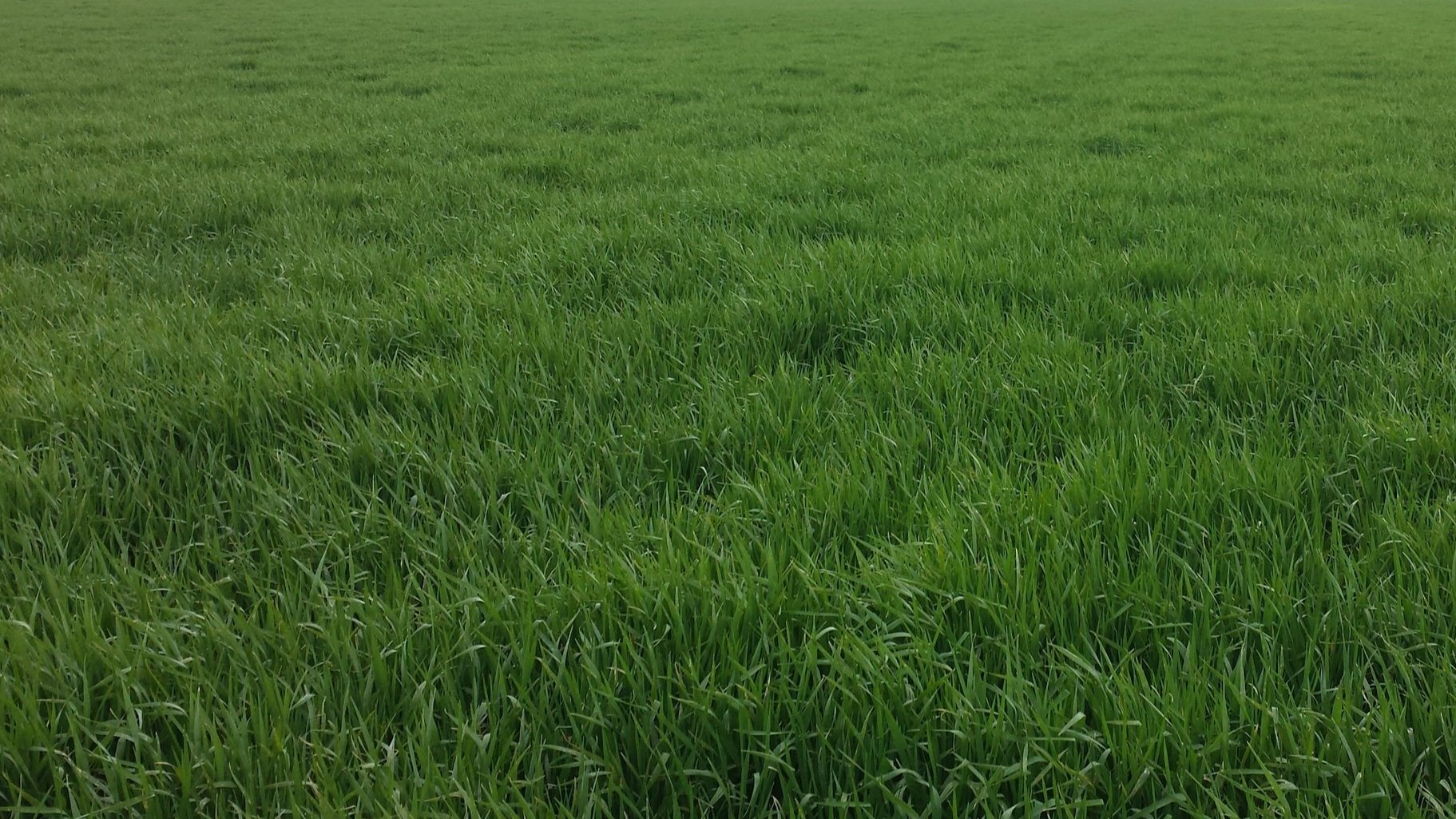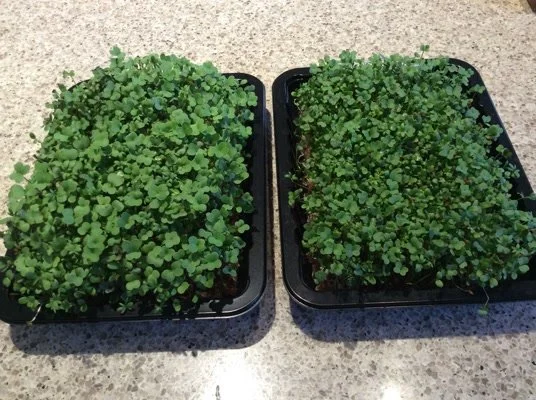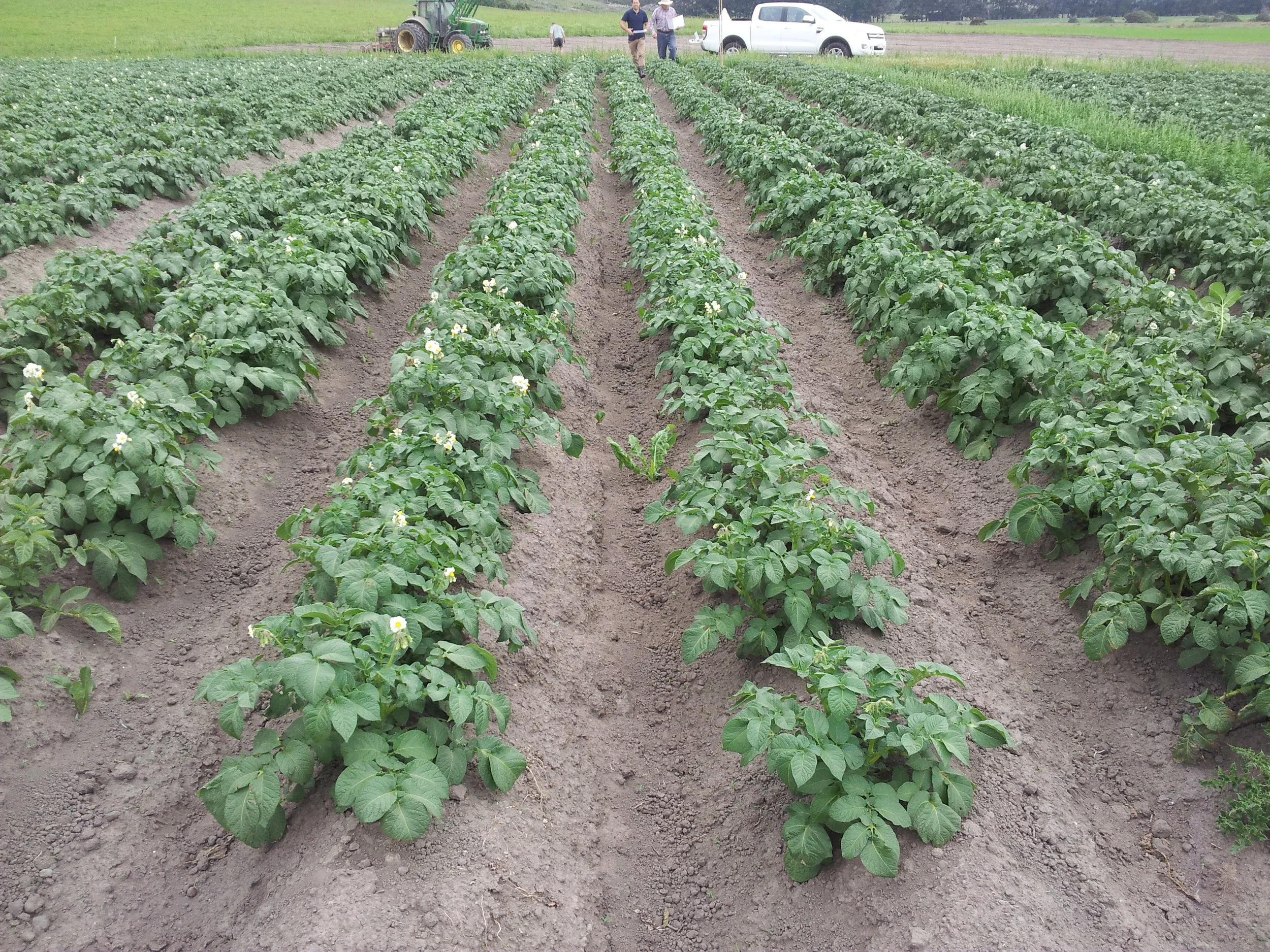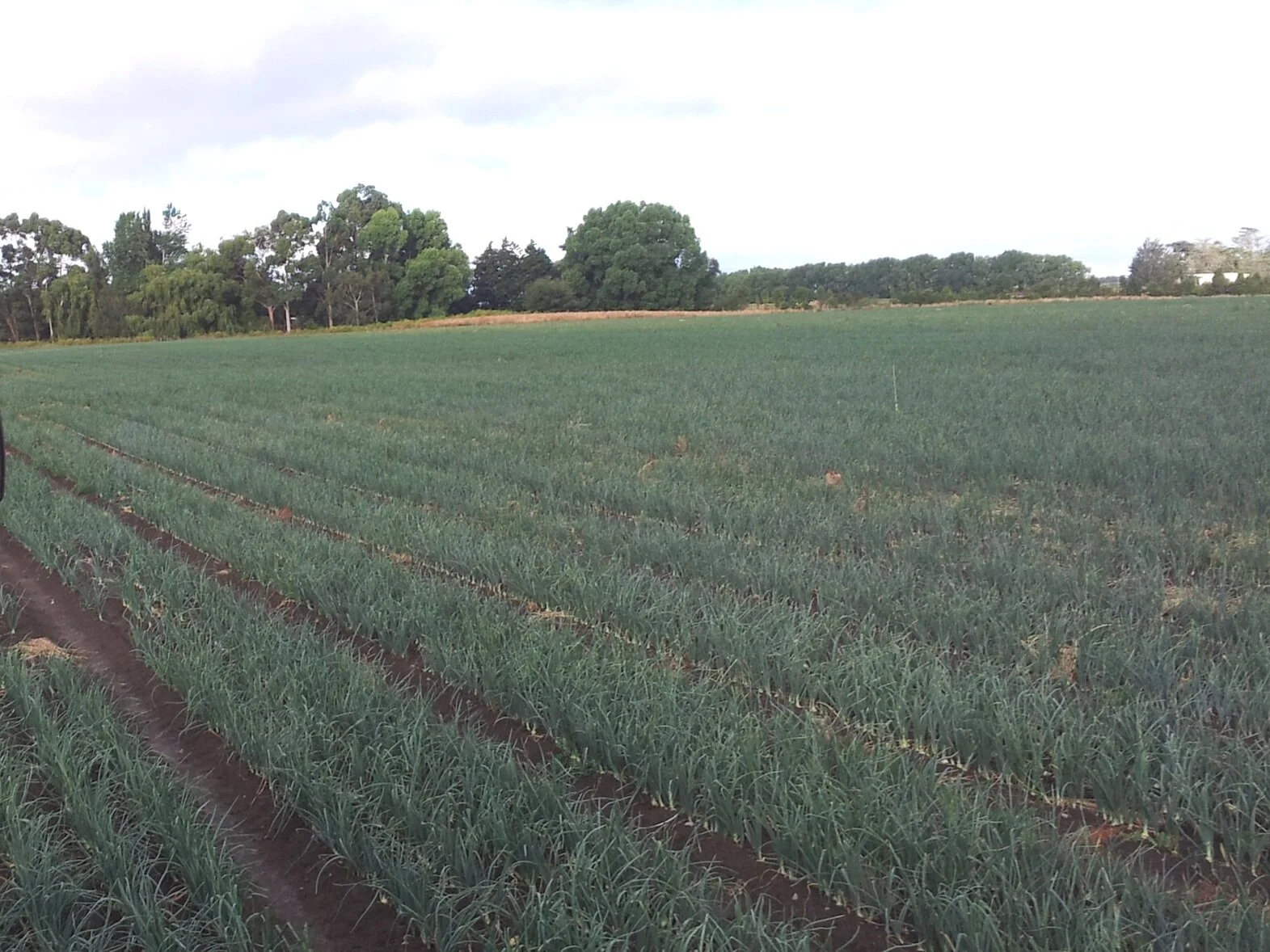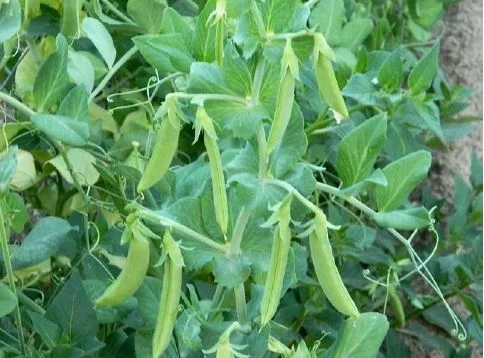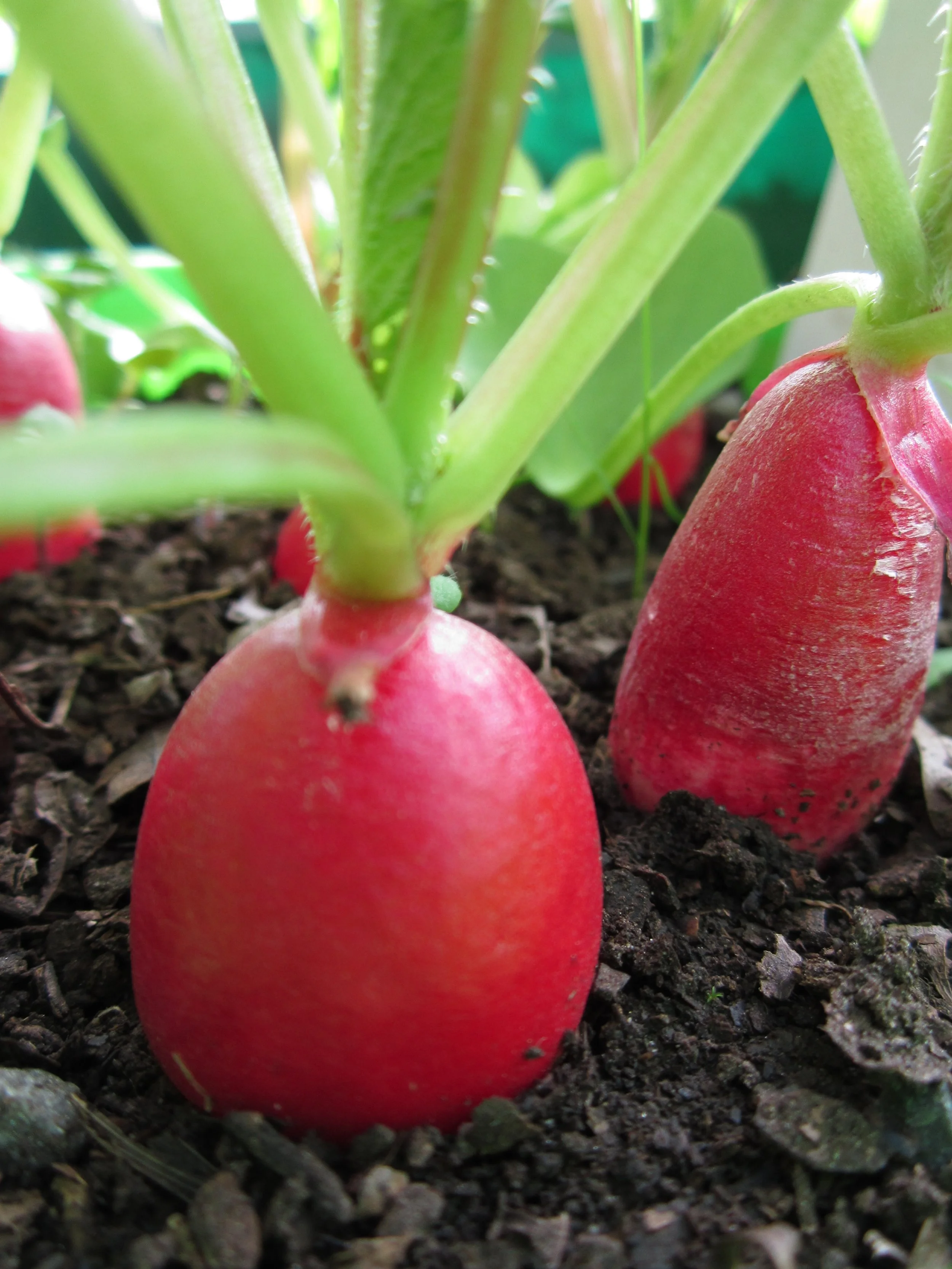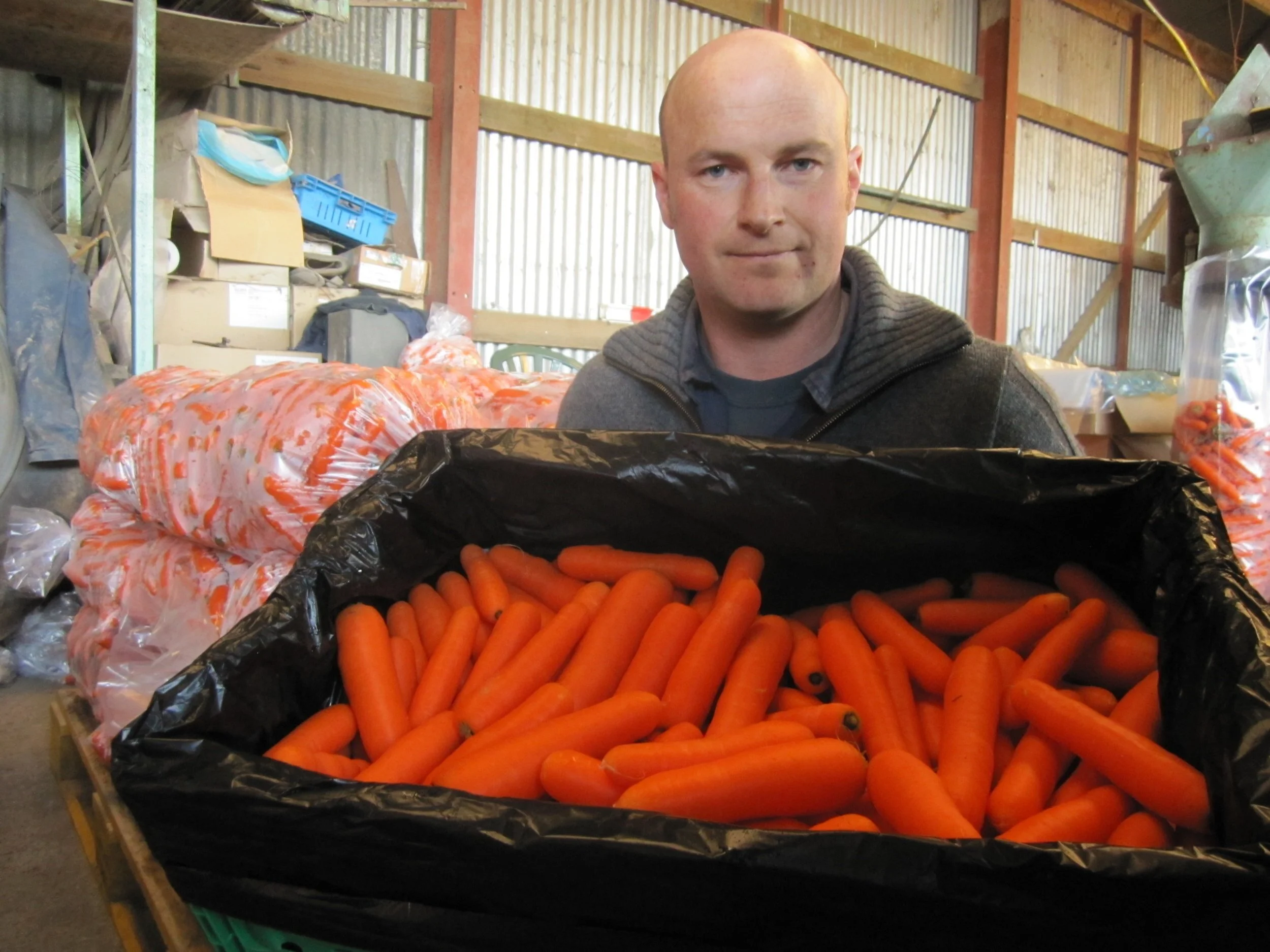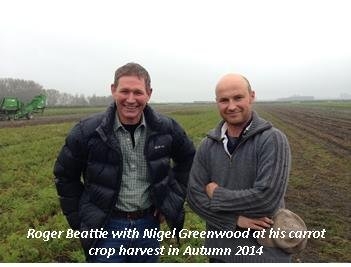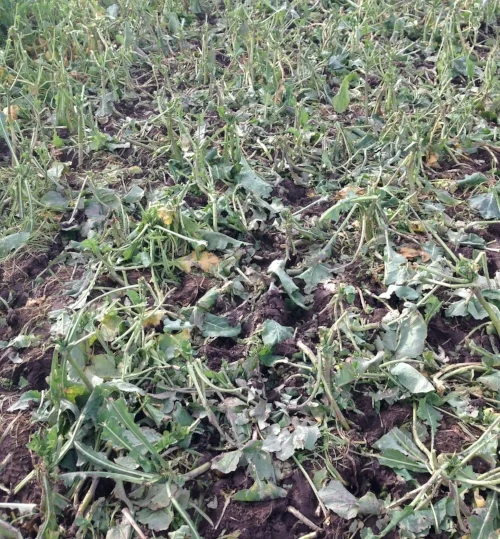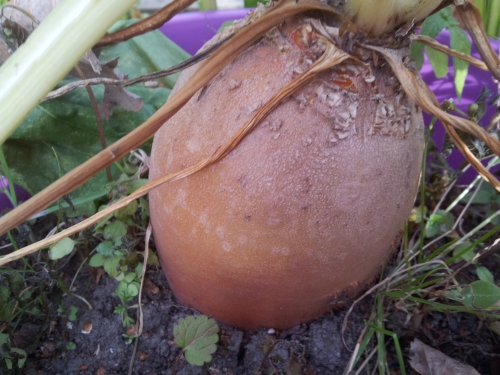
ZELP for Horticulture
Zelp can improve soil health, plant health & disease resistance.
Natural growth hormones
Micronutrients
Complex polysaccharides (sugars)
Antibacterial/antiviral properties
Chelating agents
Alginates (help with water retention)
Barley and Wheat
-
Recommended rate if mixed in with seed at planting
5 - 10kg/ha
-
Sowing: You want to aim for 0.5-1g of Zelp powder underneath each seed potato. This equates to about 25-50kg/ha of Zelp Powder.
Microgreens
Pasture
-
0.5-2kg/ha for general pasture applications. This equates to $10-40 per hectare. We recommend 1-2kg/ha for dry applications or fertigation and 0.5-1kg/ha for spray applications.
-
Mix with your lime or fertiliser and apply as normal (1-2kg/ha).
Sprayer. Apply at 0.5-1kg/ha and dilute to 1:200 or 1:500. e.g. 1kg in 200L-500L. Zelp powder is compatible with every sprayer because it is so thick and not all of the particles fully dissolve. If in doubt use Zelp Flour
With seed at time of planting. If sowing new seed, mix in Zelp powder with your seed at 2kg/ha and plant as normal. Suitable for direct drill, broadcast spreader and others.
Potatoes
-
Recommended rate if mixed in with seed at planting
20kg/ha
-
Sowing: You want to aim for 0.5-1g of Zelp powder underneath each seed potato. This equates to about 25-50kg/ha of Zelp Powder.
Onions
-
Recommended rate if applying as foliar feed
5kg/ha
Timing of foliar sprays
6-10 weeks before harvest
-
After sowing: Spray on 5kg/ha of Zelp powder about 2 months before harvest
Peas
-
Recommended rate if applying as foliar feed
1kg/ha
Timing of foliar sprays
2-3 times before flowering
-
Sowing: Our trials on peas haven’t shown any benefit when you mix kelp with the seed.
After sowing: Spray 1kg/ha of Zelp Powder onto the plants. Mix at a ratio of between 1:200 & 1:500. Apply 2-3 times during the growing season at each key stage. E.g. onto soil before planting, before flowering.
Radishes
-
Recommended rate if mixed in with seed at planting
20kg/ha
-
Sowing: Get 20kg/ha of Zelp Powder (equivalent of 1g/m or row) onto the paddock as near to the seed as possible. Mix it in with the seed or use a Ghandi box or similar.
Brassicas
-
Recommended rate if mixed in with seed at planting
2kg/ha
Recommended rate if applying as foliar feed
0.5 - 1kg/ha
Timing of foliar sprays
2-3 times at key life stages
-
Sowing
Mix 2kg/ha of Zelp powder in with the seed. Aglime might be necessary as a carrier. Plant as normal. Works well with a direct drill and broadcast spreader.
After Sowing
Spray on 0.5-1 kg/ha of Zelp powder. Mix at a ratio of between 1:200 & 1:500. Apply 2-3 times during the growing season at each key plant stage
Maize
-
3kg/ha
-
Spray onto cultivated soil just prior to planting
““My maize rep was amazed at my bumper crop this year. He is 6 foot 8 and still had to reach up to grab the first cob! It was so rich and sweet - it tasted like sweetcorn. I applied 3kg/ha Zelp Powder.
”
Carrots
-
Recommended rate if mixed in with seed at planting
20kg/ha
-
Sowing
Get 20kg/ha of Zelp Powder (equivualent of 1g/m or row) onto the paddock as near to the seed as possible. Mix it in with the seed or use a Ghandi box or similar.
“After both groups were harvested, the carrots in the kelp treatment were more orange, more even in size and were more dense.
”

Zelp with Seed
Spring Sowing? Use Kelp!
“We’ve seen a massive increase in productivity when Zelp Kelp Powder is used with root crops. ”
This is a breakthrough; a complete game changer for efficiency and output levels for commercial growers, which will be directly and immediately reflected in their income.
With Spring sowing just around the corner, a commercial scale testimonial shows remarkable results when Zelp kelp powder was used.
NZ Kelp customer Nigel Greenwood experienced a 27% increase of 1st grade carrots last Autumn.
Half the carrot crop was sown with Zelp at the rate of 23kg/ha while the other half was sown without. The resulting crop from the Zelp bed produced 41,684kg/ha of 1st grade carrots compared with 32,909kg/ha from the control bed. In bottom line terms, Nigel’s $483 investment gave him a $7,898/ha return.
Alongside in house trials on radish, carrot, chicory and potato at the Beattie farm, Nigel’s independent trial demonstrates the tremendous potential for Zelp when it is sown with seed. “Zelp works equally well in organic or conventional agriculture and horticulture; as well as with coated or uncoated seed”.
Roger ran a trial on his Banks Peninsula farm with brassicas which produced 49% greater yield when 2kg Zelp kelp powder was sown with uncoated rape and turnip seed, compared to the control. Increased germination of turnip was the main factor.
“It was instantly possible to see the huge quantity of turnip in the paddock with Zelp compared to the control crop. There were an average of 7 turnips per square metre where 2kg Zelp per ha was sown with the seed, compared with less than 1 per 10 square metres in the control section of the paddock.” See photo comparison.
Kelp will work best when your paddock fertility is at its optimum level. Zelp kelp is extremely high in antimicrobial properties, high in growth hormones, contains a large number of bioavailable nutrients, is high in complex sugars and has the ability to keep a moist environment around germinating seeds.
Roger Beattie is amazed that we’ve got all the way to the 21st century and have only just realised that dried Giant Kelp can have a staggering effect when used with seed.
The business is growing rapidly. “We want lots of people to be using Zelp on root crops because we now have evidence that it’s the best way to use this product.” Roger is so convinced of success that he’s inviting all his customers to clearly record and share their results with him. He promises to refund the cost of the Zelp to the customer who he believes has achieved the most significant result.
”We can’t wait to see how productivity increases for our customers. We’re following more trials with spuds, and brassicas and new uses with barley, asparagus, berries and all kinds of other fruit and veges”.
